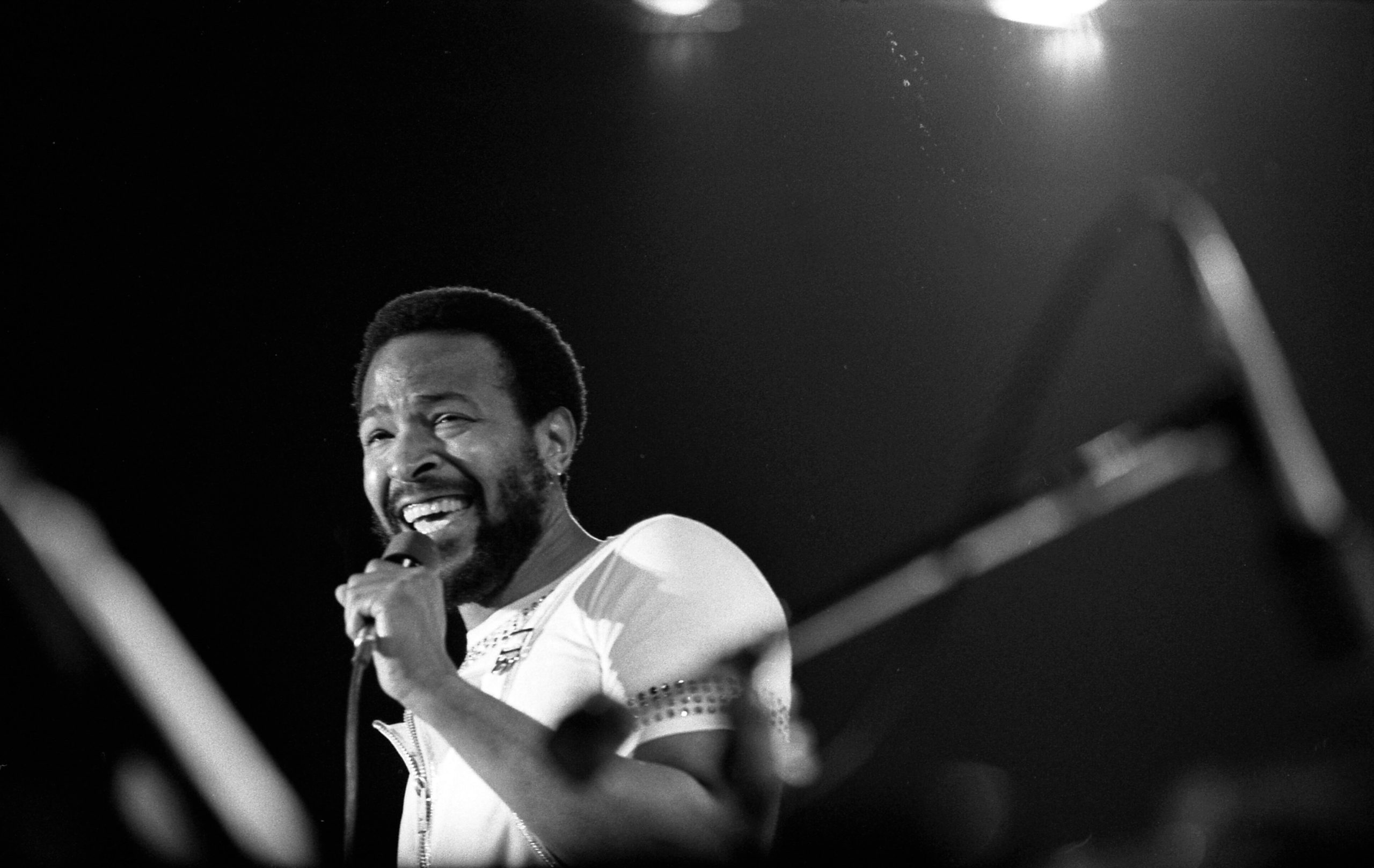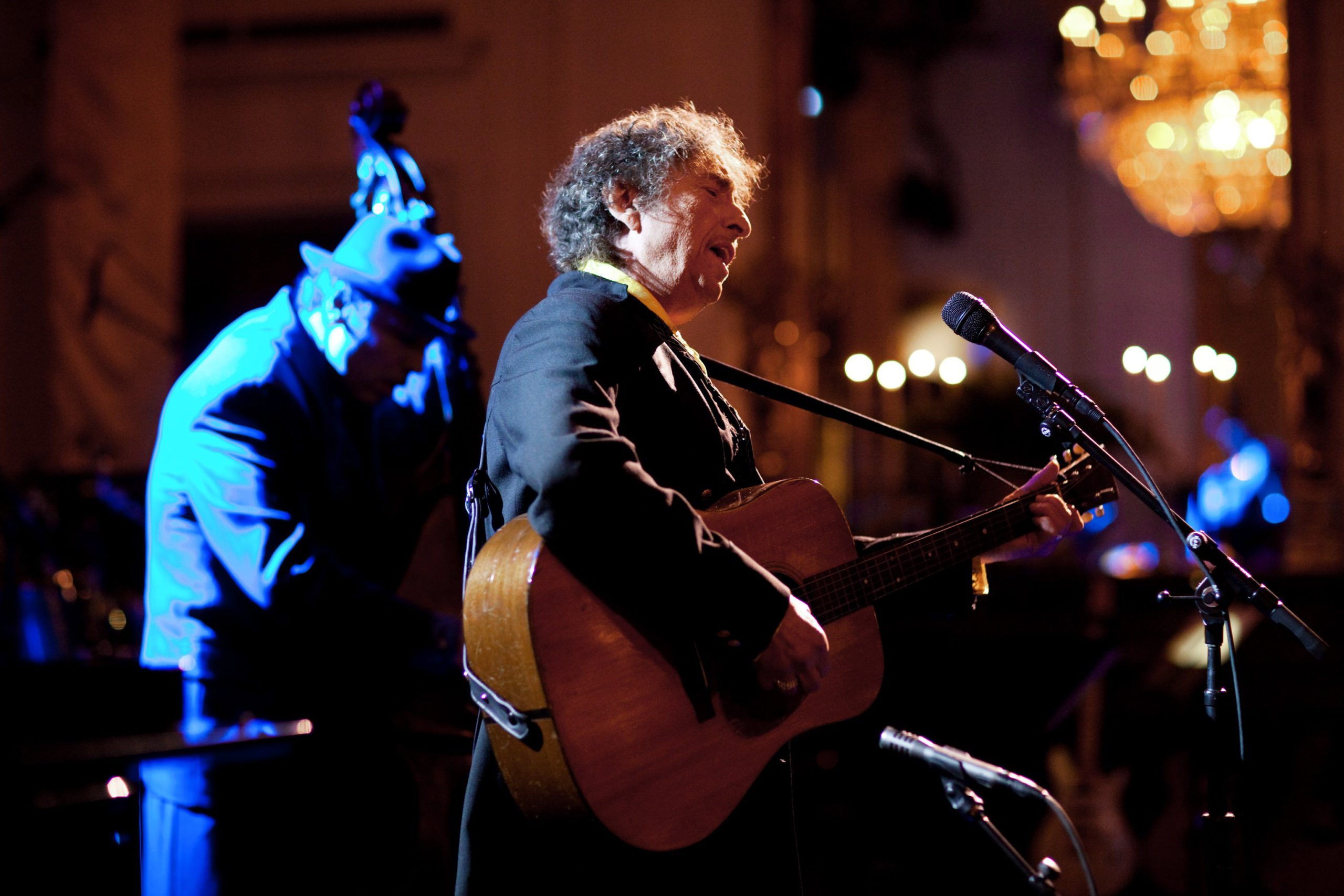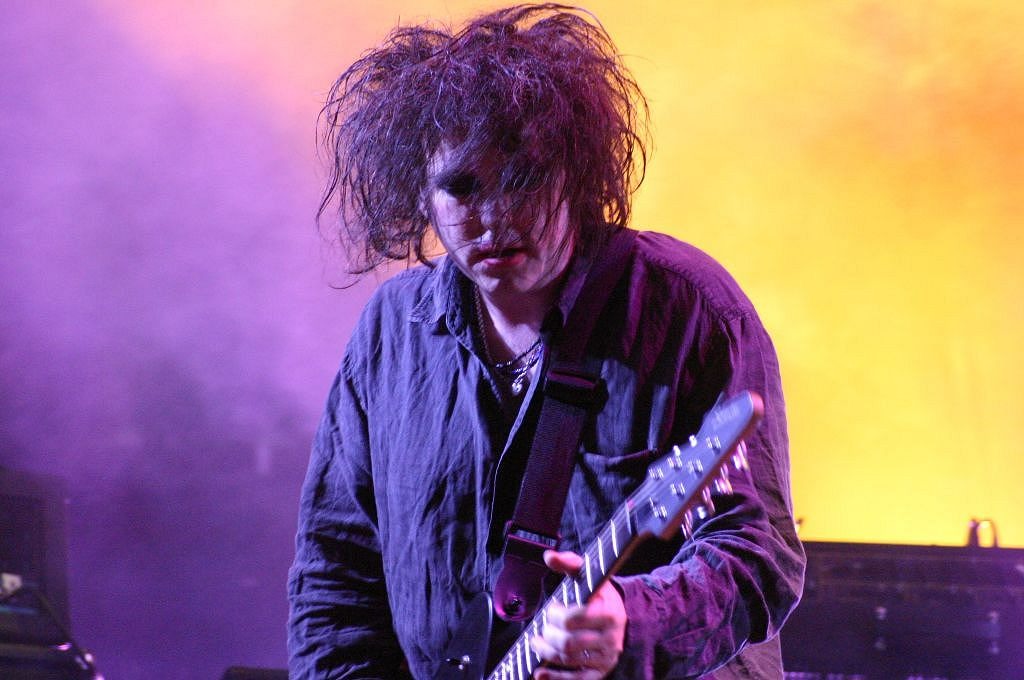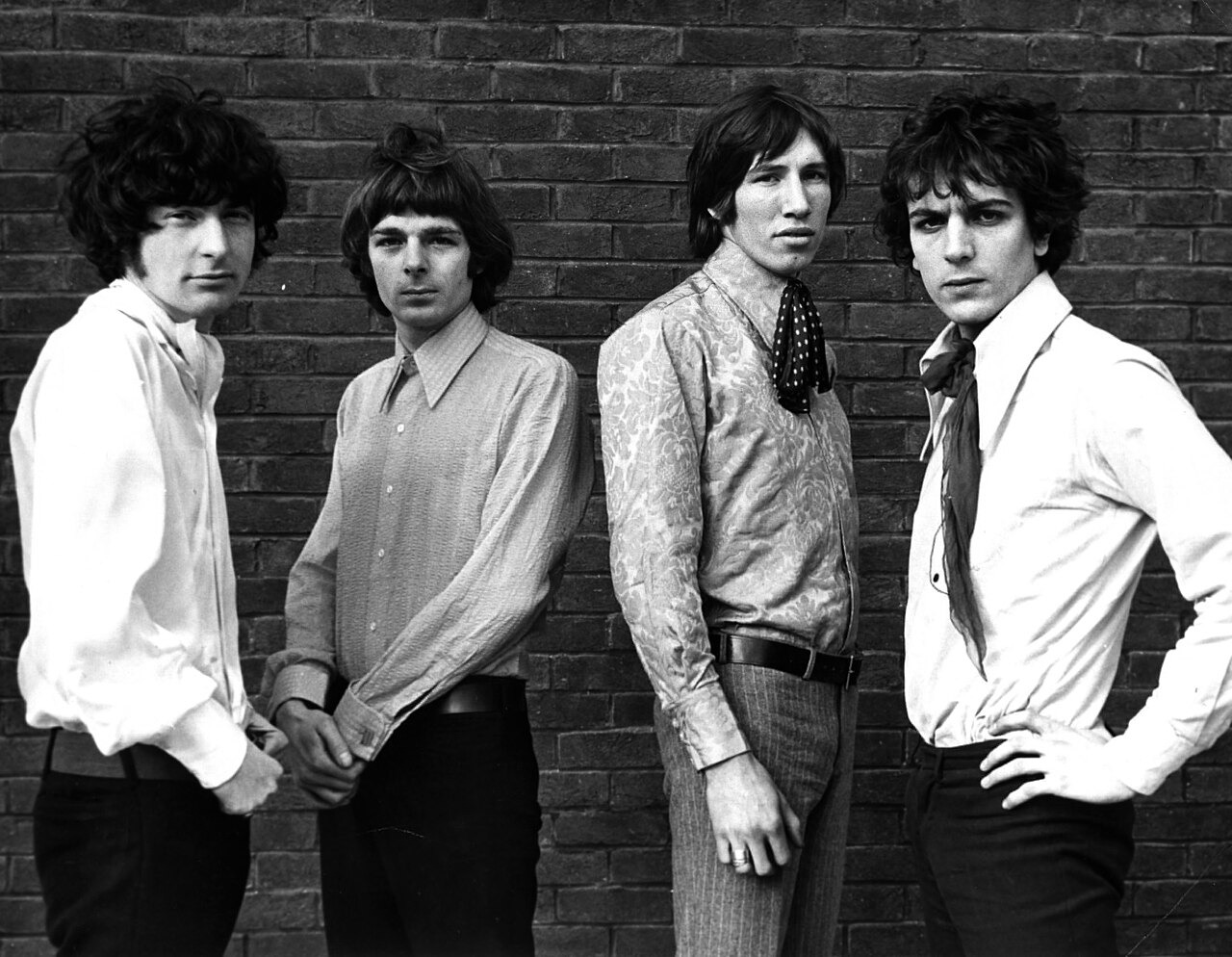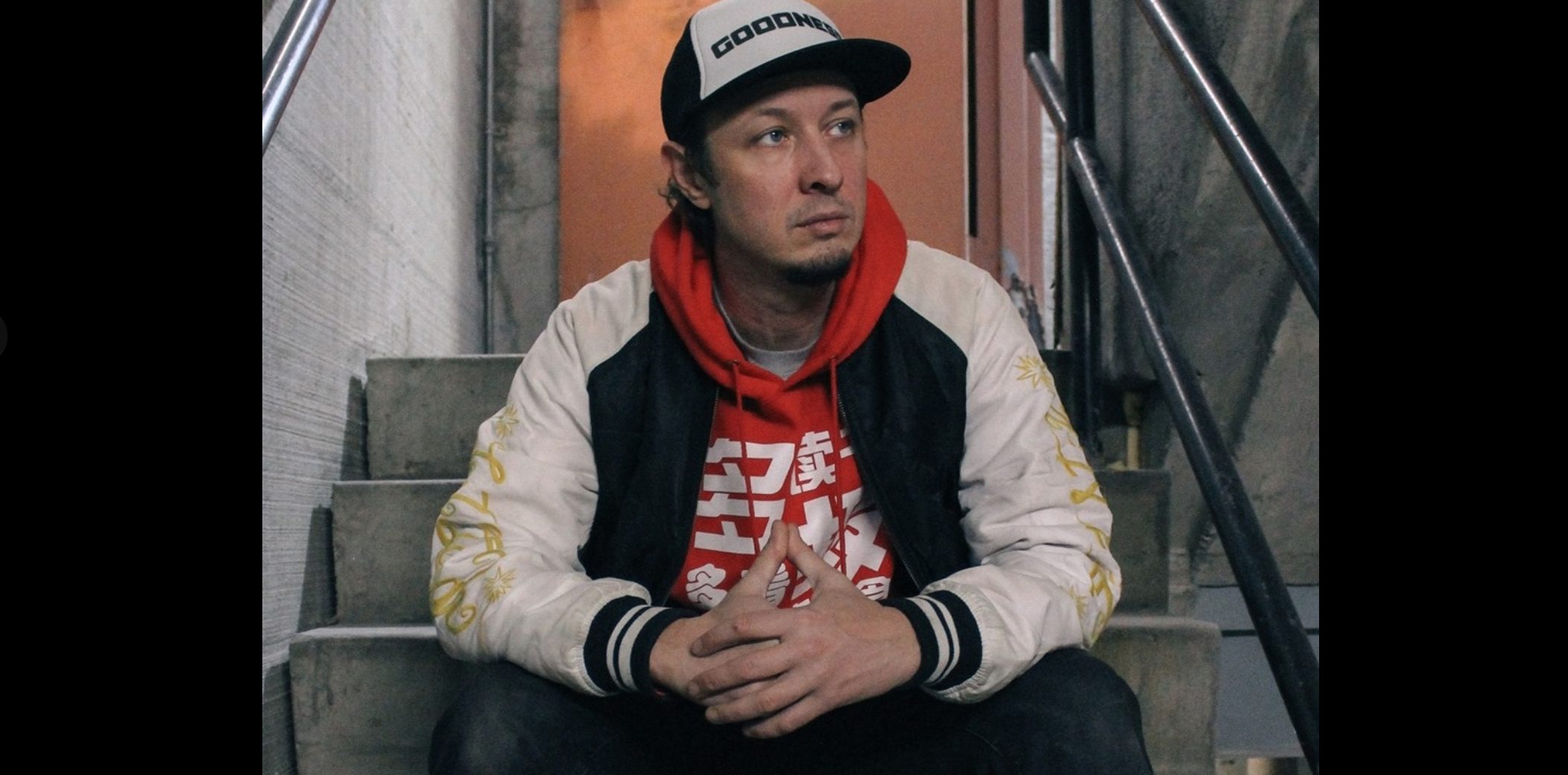In the immediate aftermath of Marvin Gaye’s murder, Motown’s engineers carried an impossible burden. The microphones still carried traces of his presence — studio lore describes it as smoke lingering in the air. You could sense he’d been there. These professionals had work to continue: managing the posthumous releases and archival material from the artist who had just proved he could reinvent himself even while drowning in debt and personal chaos.
April 1, 1984 marked the end of one of music’s most confounding careers. Shot by his own father on the eve of his 45th birthday, Gaye left behind a creative resurrection that would influence R&B production for decades. His death exposed the music industry’s brutal duality — public mourning mixed with private business continuity, another entry in the catalog of tragic deaths that have plagued the industry.
The Sound of Innovation Interrupted
Midnight Love, released in October 1982, represented Gaye’s most adventurous production leap. Working primarily with guitarist Gordon Banks in Belgium, he embraced studio technology that seemed alien to his Motown foundation. “They gave him two drum machines, a synthesizer called a Roland TR-808 and a Jupiter 8,” Banks recalled. “Marvin didn’t know too much about technology, so it was my job to figure out how to get the stuff working.”
This “confluence of analogue and digital tonalities” — drum machine precision layered with Gaye’s analog soul — created the template for contemporary R&B. You hear its DNA in everything from The Weeknd’s nocturnal confessions to Frank Ocean’s bedroom experiments. Gaye built skeletal rhythm tracks from these machines, then overdubbed vocals with his trademark perfectionism, creating space-age soul that sounded both futuristic and deeply human.
The Ghost in the Machine
Those recording sessions during Midnight Love became legendary among collaborators. Engineers described working in rooms that felt charged — not by supernatural forces, but by artistic intensity so concentrated it seemed to permeate the studio walls. Gaye’s relentless perfectionism during these sessions left an almost physical imprint that colleagues recalled long after his death.
The tragedy cuts deeper, knowing Gaye died in financial ruin despite creating “Sexual Healing,” his first Grammy winner and biggest hit in years. While creditors circled and family tensions exploded, he was crafting his most forward-thinking music. The industry kept moving after his death — managing his catalog, scheduling posthumous releases, planning tributes — because that’s what industries do. They process genius the same way they process everything else: efficiently, pragmatically, and without pause for the poetry they’re handling, demonstrating the destructive cost of fame that continues to claim artistic lives.


